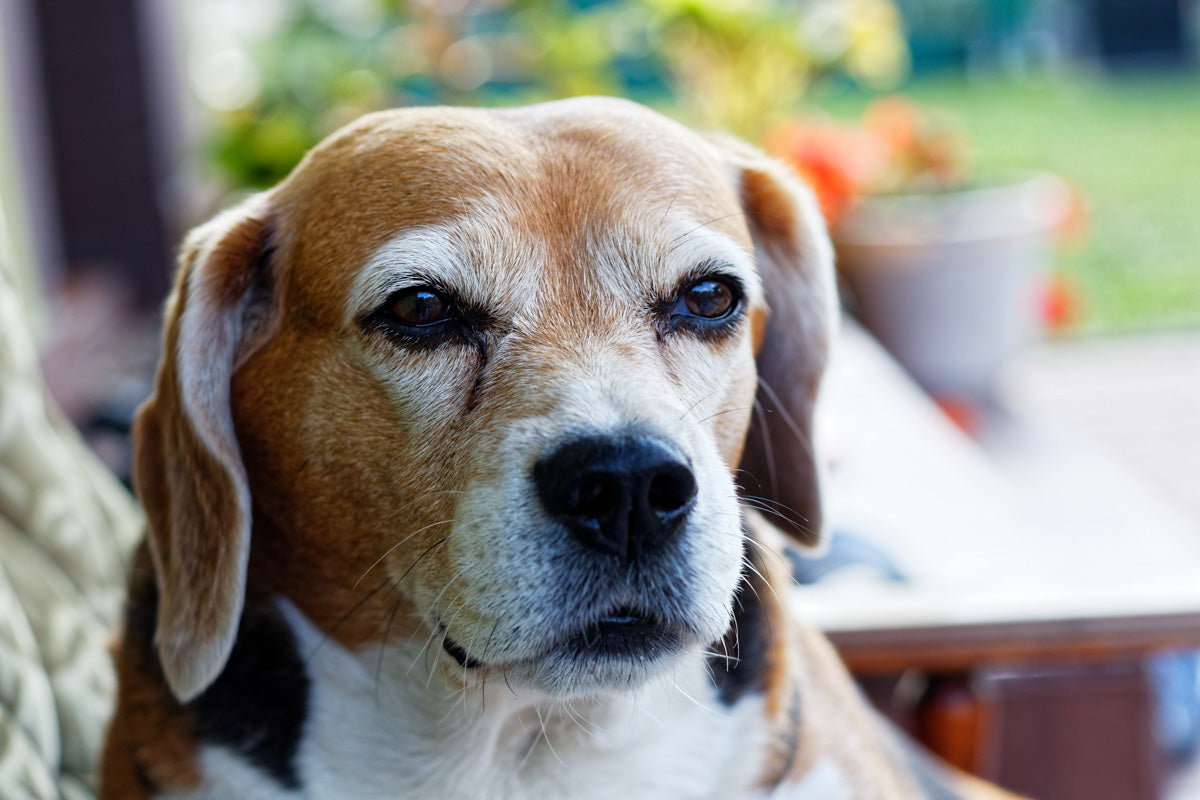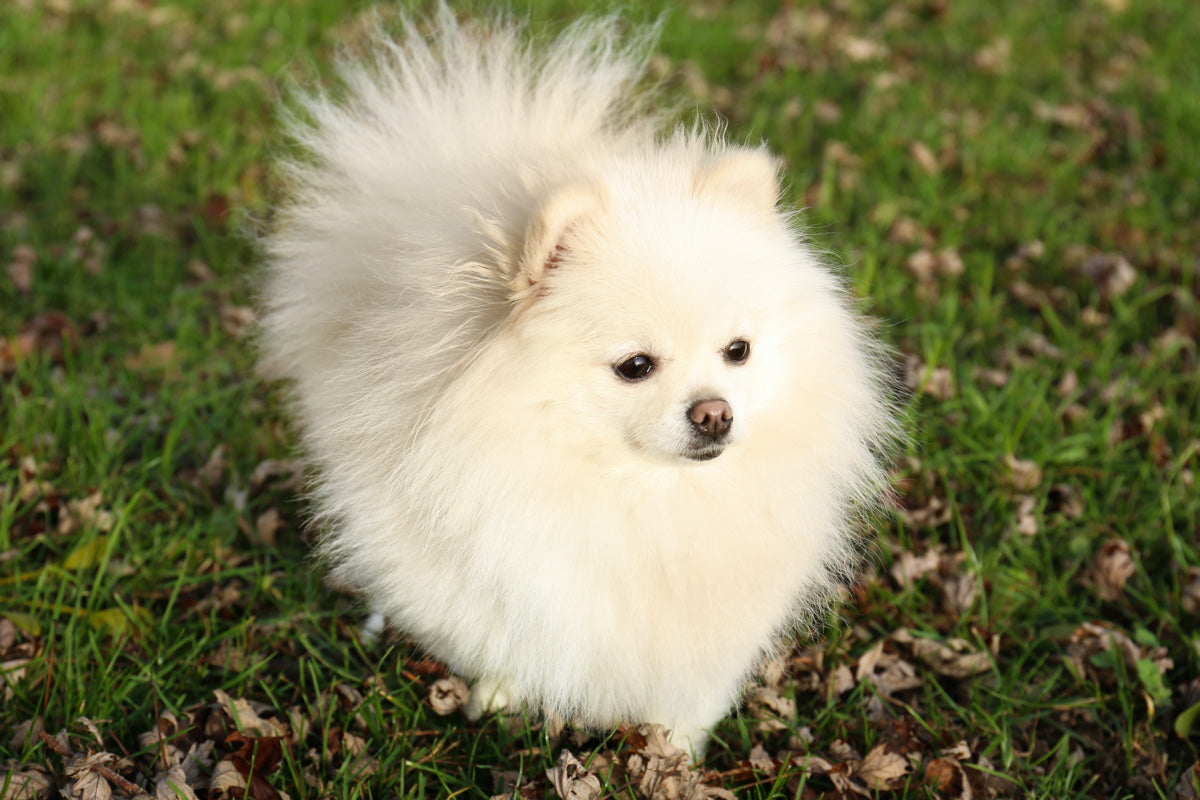Cattle lice are parasitic insects that infest the hides of cattle, causing discomfort and irritation. There are two types of cattle lice: biting lice and sucking lice. Biting lice feed on the skin and hair of the animal, while sucking lice feed on the animal's blood. Both types of lice cause irritation and discomfort to the animal, but sucking lice can also cause anemia, weight loss, and reduced milk production.
The life cycle of cattle lice begins when the female louse lays eggs on the hair shafts of the animal. These eggs hatch into nymphs, which molt three times before reaching adulthood. The entire life cycle of cattle lice takes about three weeks.
Lice are common in many cattle herds, especially during the winter months when cooler temperatures and denser coats provide a favorable environment for lice survival. Lice can negatively impact cattle welfare, hide value, and even production and growth rates.
The constant irritation caused by lice can lead to cattle biting, scratching, and rubbing against trees or fences, causing damage to both themselves and their surroundings. The appearance of lousy cattle is scruffy and rough, with areas of skin often rubbed raw. This not only reduces the hide value at slaughter but also can be inconsistent with on-farm quality assurance programs.
One of the most common symptoms of cattle lice infestation is intense itching and irritation. This can cause the animal to scratch and rub itself against objects, leading to hair loss and skin damage. Other symptoms of infestation may include reduced weight gain, decreased milk production, anemia, and a dull and unhealthy coat.
The impact of lice on cattle production and growth rates is still being debated. However, research indicates that lice can be a significant cause of economic loss, particularly when cattle are in poor condition or infestations are heavy. Severe infestations may be a symptom of underlying health or nutritional issues in the herd.
Lice are spread through direct contact between cattle, and the lice and their eggs can only survive for a few days if removed from cattle. Lice cannot live on other species of farm animals. Lice populations are highest in winter and lowest in summer, with cooler skin temperatures associated with heavier infestations.
Most insecticides registered for use on cattle are not very effective against louse eggs, meaning that follow-up treatments are often necessary to ensure complete control. Timing and frequency of treatments depend on individual circumstances, but treatment in late autumn or early winter is often effective in controlling cattle lice. Four methods of treatment are available, including spray-on and pour-on insecticides, insecticidal ear tags, and injectable formulations of macrocyclic lactone (ML) worm drenches. It is important to check the label carefully to ensure the product being used is effective against both biting and sucking lice and to have the lice on your cattle identified.
In conclusion, cattle lice can have a significant impact on both cattle welfare and economic outcomes. While the impact of lice on production and growth rates is still being debated, it is clear that lice infestations can cause discomfort, irritation, and damage to both cattle and their surroundings. Effective treatment requires careful timing and product selection, but with appropriate management, lice infestations can be controlled, and the negative impacts on cattle minimized.




